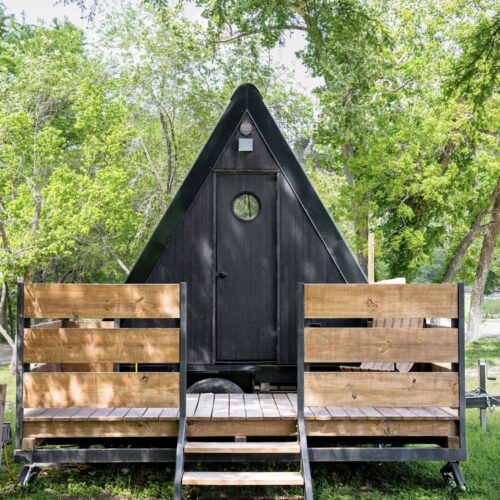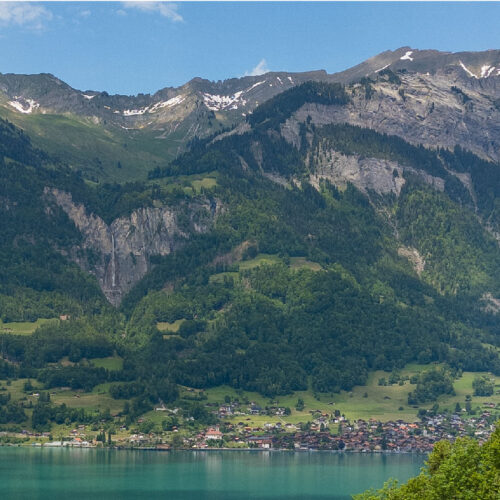ELEMENTAL
Whether the weather is observed by a ship bound for nowhere, a helium balloon built for pleasure, or the careful daily readings taken by hand from a more terrestrial perspective, the point remains the same—an attempt to understand and predict the forces of nature constantly lapping at the shore, gusting through the heavens and raining down upon us. Our friends at Accidentally Wes Anderson have scoured the Earth to find a few of the more interesting means of collecting the conditions in the atmosphere spinning around this blue marble.

Photo by Piotr Bratosiewicz
Picture this: an unmanned vessel drifts aimlessly in the North Sea with no destination in sight…sounds like the perfect prose for a poem? Well, this engineless ship so captured the imagination of British Laureate, Simon Armitage that he published an entire collection of his poems named for the floating coastal weather station. The solar-powered craft continues about its business silently transmitting detailed data on the hour—every hour—on everything from temperatures to wave height.

SANDETTIE LIGHT VESSEL AUTOMATIC
Photo by Alexander Saldi Perrien
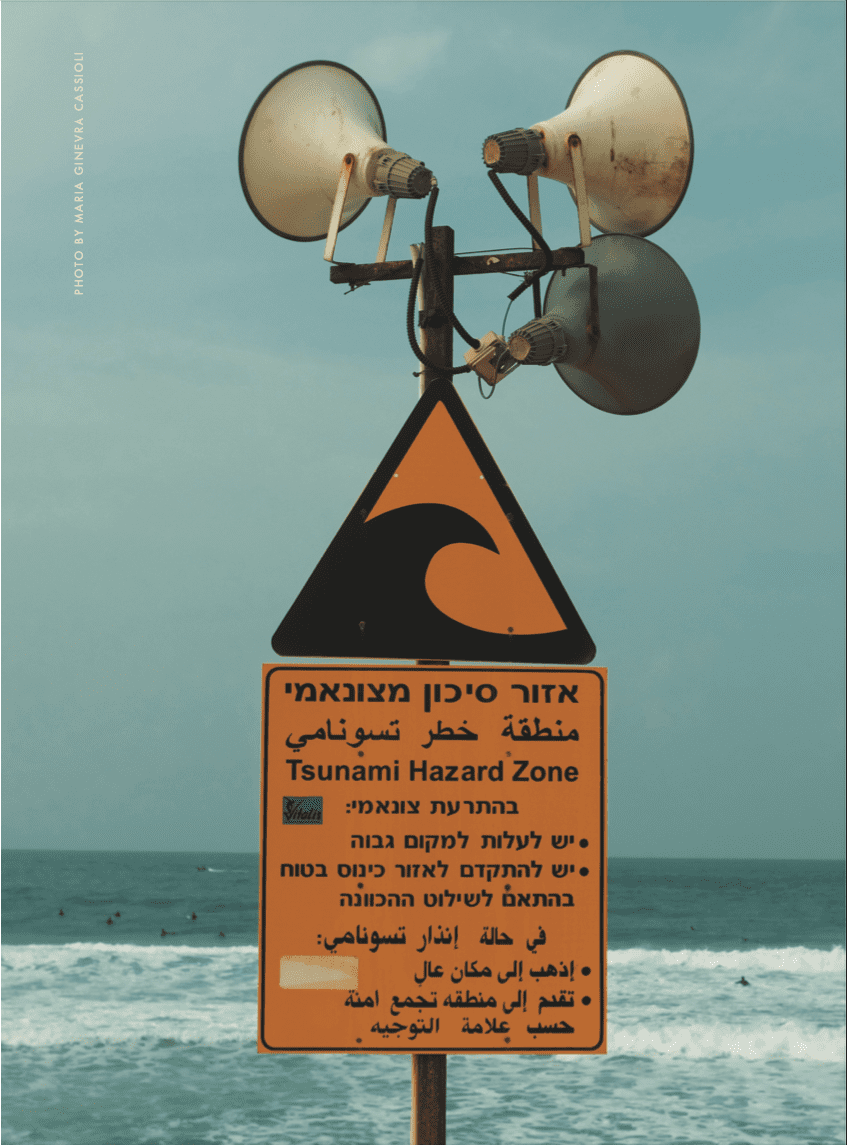
Photo by Maria Ginevra Cassioli

Photo by Finley Stewart
A recreational balloon that pulls double-duty as an airborne observation station, the Ballon de Paris Generali promotes air quality awareness. Its solar-powered lighting system broadcasts the current air quality rating to more than 400,000 Parisians each day. Green means good, orange means fair, and red means it’s probably a good day to stay inside. Since 2018, the Ballon has been laser-mapping fine particles in the sky while providing real-time measurements of ozone in the air. At this rate, by 2022 maybe we’ll see holograms of our favorite meteorologists reporting from 300 meters up.

BALLON DE PARIS GENERALI
Photo by Carmen Horton
READ MORE OF THE STORY
In comparison to its counterparts in the sky and at sea, things are done pretty much the old-fashioned way at the tiny Kiosk in St. Leonards-On-Sea. The barometer is read, and recorded in the log. Visibility is determined by sight of local landmarks—for example, can the volunteer on duty see just to the end of the pier 350 meters away, or can they catch a glimpse of Bexhill Promenade at 7.5 km? And water temperature is measured by walking out to the sea and simply dropping a thermometer in the waves below. Volunteers are always needed, so if you are good with a pencil and paper, have decent eyesight, and are “happy to be out in all weathers,” consider dropping them a line.
In comparison to its counterparts in the sky and at sea, things are done pretty much the old-fashioned way at the tiny Kiosk in St. Leonards-On-Sea.
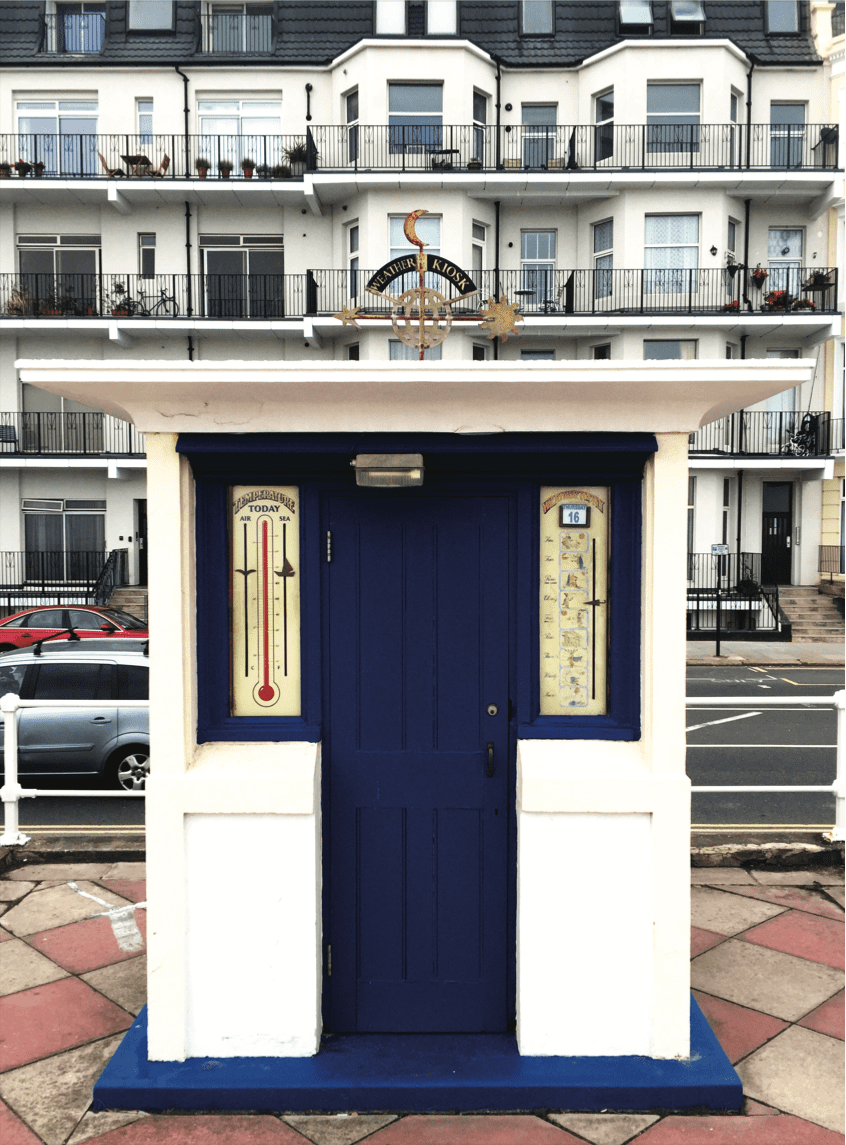
WEATHER KIOSK ON ST. LEONARDS SEAFRONT
Photo by Megan Rainey
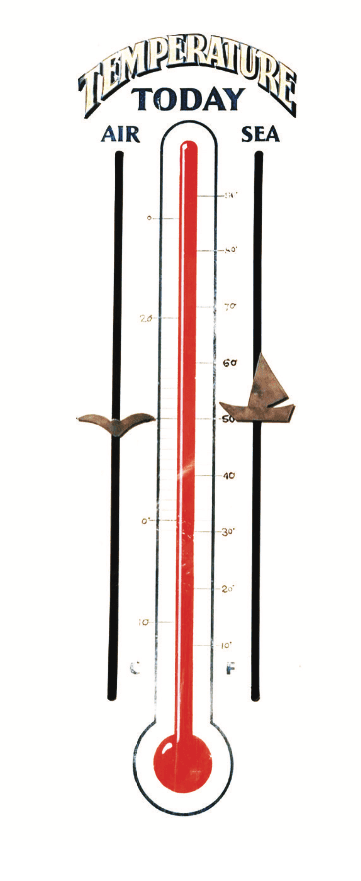
As featured in “The Weather Issue” by Whalebone Magazine
(Originally published Spring 2021)


